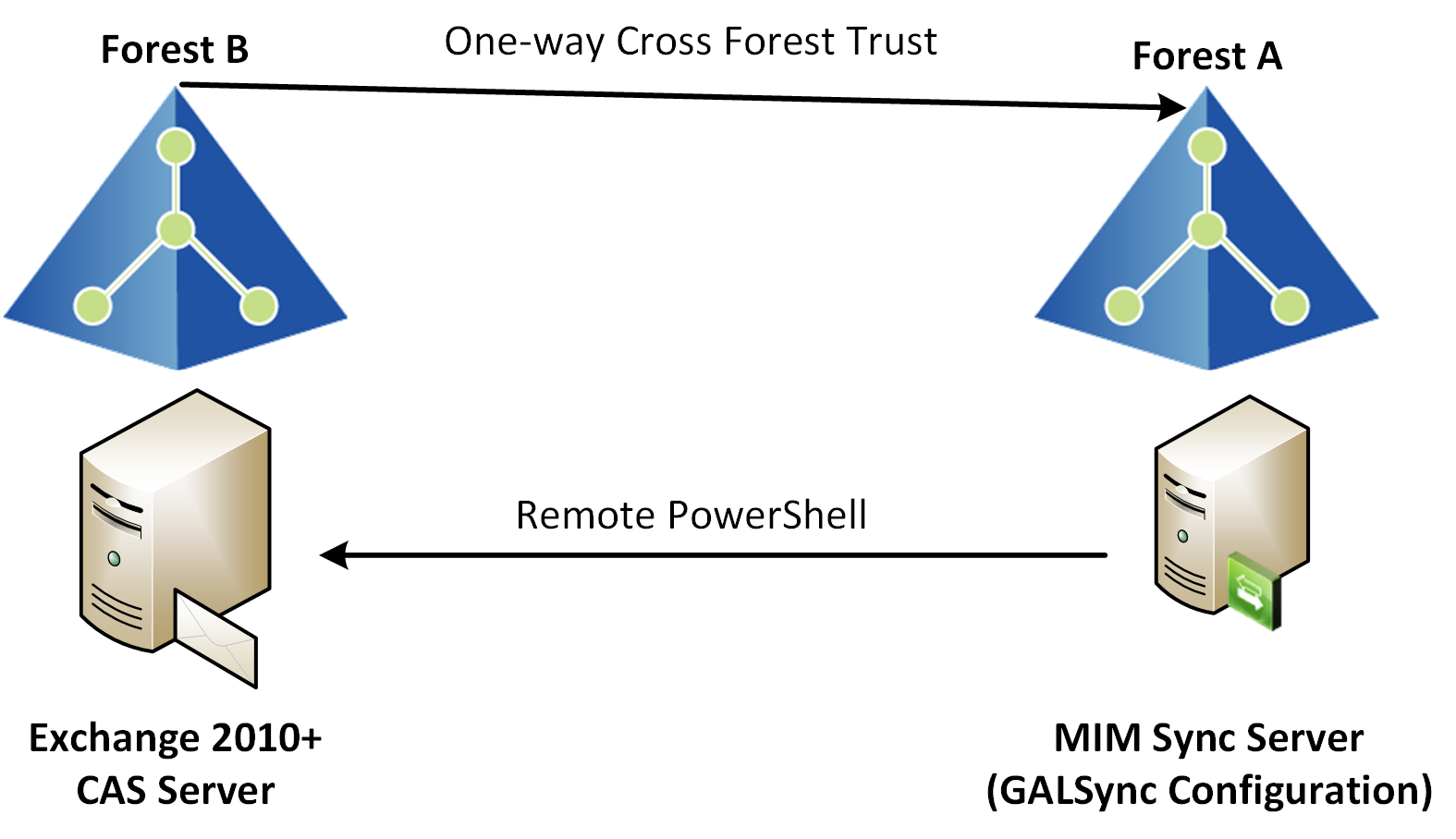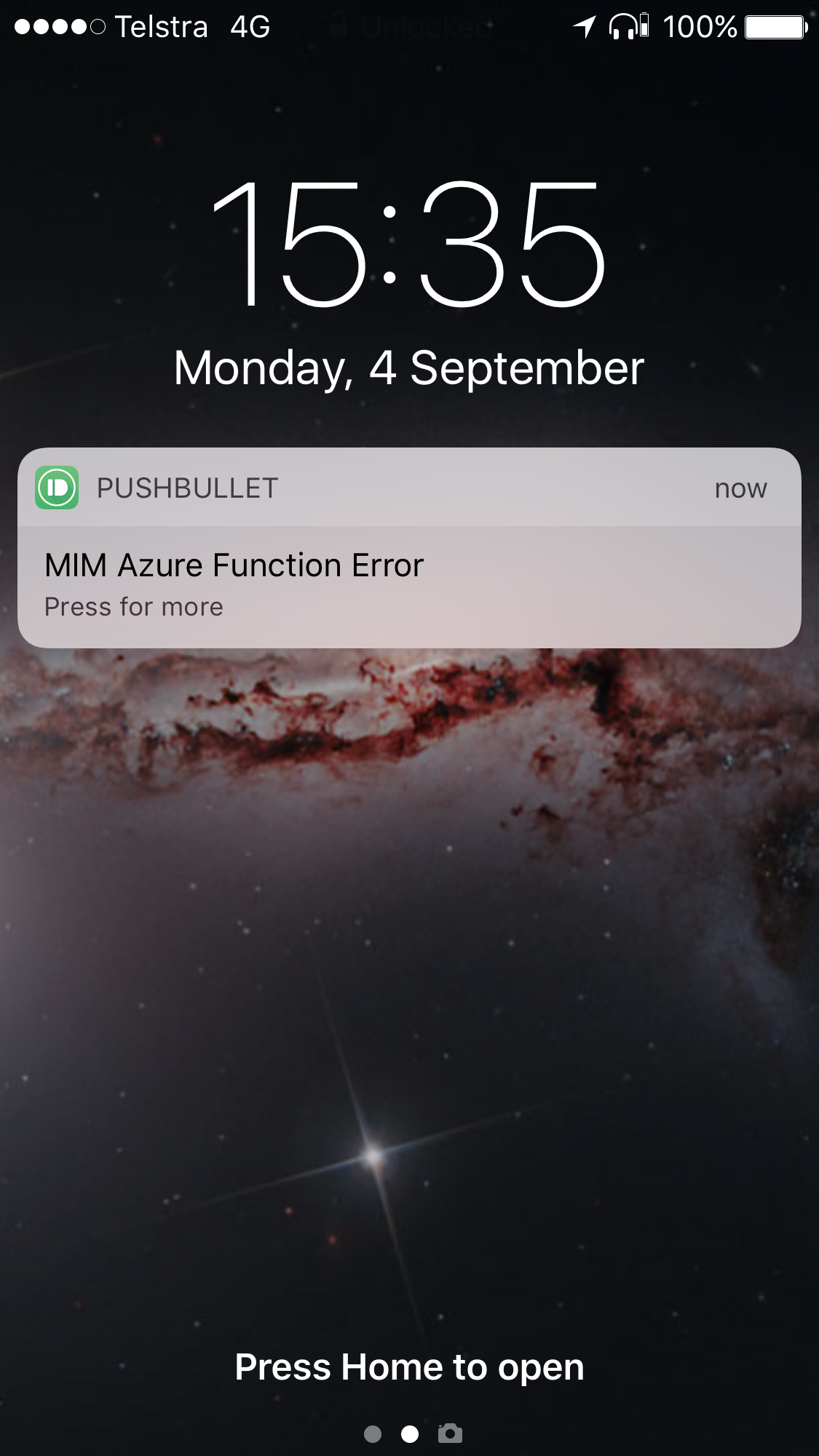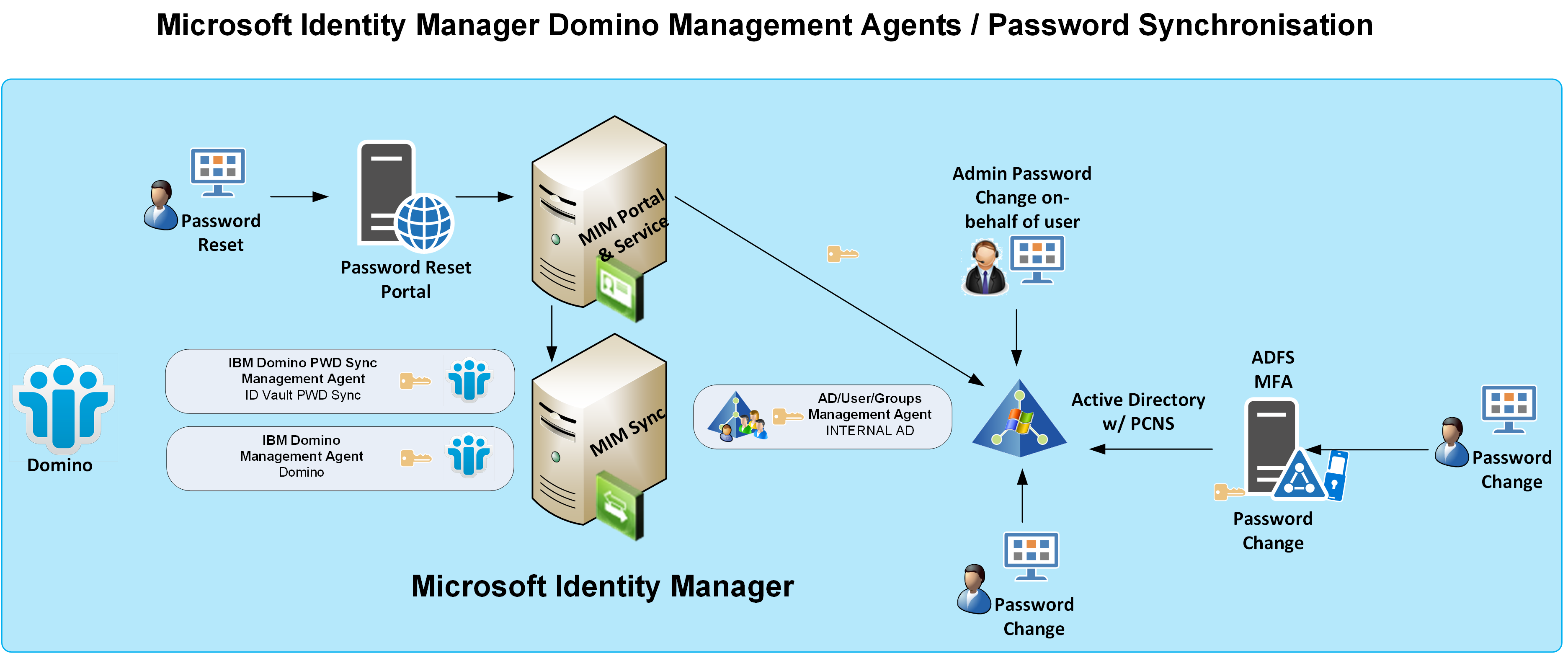
Configuring Remote PowerShell to a Remote Active Directory Forest for FIM/MIM GalSync
Introduction
Windows Remote Management (aka Remote PowerShell) is a wonderful thing; when it works straight out of the box when you’re in the same domain. Getting it working across Forests though can feel like jumping through hoop after hoop, and sometimes like the hoops are on fire. When configuring GALSync ([Exchange] Global Address List Synchronisation) with FIM/MIM this always means across AD Forests. The graphic below shows the simplest relationship. If there is a firewall(s) in between then you’ll have additional hoops to jump through.… [Keep reading] “Configuring Remote PowerShell to a Remote Active Directory Forest for FIM/MIM GalSync”


